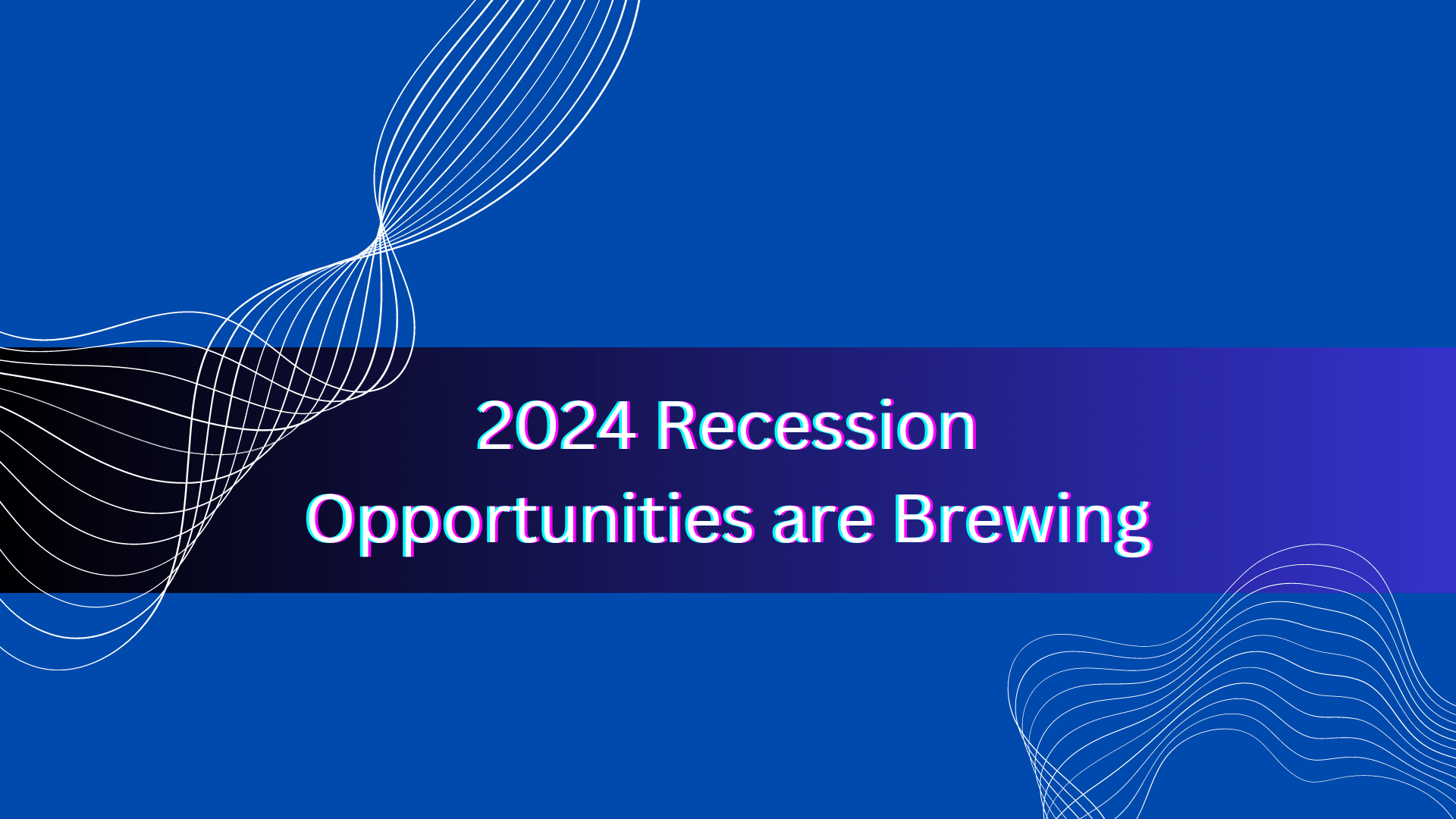The housing market has been on an incredible run since 2021, with home prices soaring to new highs. Many analysts predicted that 2022 would finally usher in the long-awaited housing market crash. However, instead of crashing, home prices dropped moderately before rebounding to record levels once again.
In this article, my objective is to analyze the latest housing market data and conditions to assess the current situation for both prospective homebuyers and real estate investors. Whether you’re looking to purchase your first home or invest in rental properties, you’re probably wondering if now is a good time to buy or better to wait it out. I’ll examine key factors like foreclosures, mortgage rates, home equity, and more to help you make an informed decision.
Let’s take a detailed, data-driven look at today’s housing market based on where things stand in September 2023. Read on for an update on real estate conditions and an assessment of what they mean for your housing outlook this year and beyond.
Home Price Trends Reflect Resilience
The S&P Case-Shiller national home price index provides a helpful long-term view of housing market cycles. This benchmark tracks average home values across the country on a monthly basis.
The index sat at a level of 100 in January 2000. It rose during the housing boom of the mid-2000s, peaking at 184 in July 2006 before plunging to a low of 139 in February 2012 amid the housing crisis.
Home prices rebounded over the next decade, exceeding their prior 2006 high by mid-2016. Values continued climbing to a peak index reading of 308 in June 2022, representing a 68% increase from the 2012 low point.
As of June 2023, the national index registered at 308, just 2.5% below its recent high. This indicates home values have remained resilient, giving back only a small portion of gains.
The index trajectory over the past decade illuminates the sizable equity buffers and pent-up housing demand supporting prices even amid rising rates. For buyers and investors, the data suggests home values have room to moderate but are not poised for a drastic 2008-style downturn.
Access Exclusive Investment Insights
Foreclosures Remain Low
One indicator of housing market distress is the rate of foreclosures. During the crash of 2008, foreclosures skyrocketed, with 2.9 million properties foreclosed in 2010 alone.
Today, the situation is very different. In the first six months of 2023, there have been just 186,000 completed foreclosures nationally. That’s well below the levels seen during the last housing crisis.
While no one wants to see homeowners losing their properties, the low foreclosure numbers suggest the housing market is not in the same position it was back in 2008. For buyers and investors, low foreclosures reduce the risk of purchasing a property just to see its value plummet. It also indicates distressed sales are less likely to flood the market and drive prices down.
Overall, the remarkably low foreclosure rates show this key area is not currently a major concern or red flag like it was prior to the last major housing downturn.
Decline in Risky Adjustable Rate Mortgages
One factor that contributed to the 2008 housing crash was the proliferation of adjustable rate mortgages (ARMs). With ARMs, monthly payments can rise over time as interest rates fluctuate upwards. Prior to 2008, ARMs made up a sizable portion of mortgages.
Since the recession, stricter regulations have greatly reduced the overall share of ARMs. Today they account for only 2-3% of active mortgages, compared to over 30% in 2006. The substantial decline in adjustable rate mortgages means this previously risky loan product is much less likely to cause market-wide issues now.
For buyers and homeowners today, the low prevalence of ARMs reduces the chances of payment shock down the road. This is a notable contrast to conditions before the last major housing downturn.
Homeowners Have Significant Equity
In the lead-up to 2008, many homeowners had little to no equity in their properties. The prevalence of zero or negative equity mortgages left borrowers especially vulnerable when home values began falling.
The situation looks quite different today. According to Federal Reserve data, homeowners now have amassed over $9 trillion in home equity. Many have built substantial equity cushions through years of steadily rising home values.
This means there are far fewer “underwater” mortgages – when the mortgage balance is higher than the home’s market value. With significant home equity buffers, most homeowners are at much lower risk even if prices moderate. This reduces the chances of a wave of distressed sales pulling down market prices.
For prospective buyers, purchasing a home with a large equity component adds financial stability. There is less likelihood of ending up underwater on the mortgage if prices decline temporarily.
Lock-In Effect from Low Rates
Today’s low mortgage rates have created a “lock-in effect” among homeowners. With rates at historic all-time lows, many existing homeowners have refinanced or purchased new homes at interest rates below 3%.
This has reduced inventory, as homeowners are incentivized to stay put rather than give up their low rates and sell. The lack of homes for sale contributes to upward pricing pressure.
For those looking to buy, competitive inventory is a headwind. But low rates also improve affordability and make purchases more attractive for those who can find a home. This lock-in dynamic among homeowners indicates supply constraints could persist, sustaining demand and prices.
Supply and Demand Drive Prices
In conclusion, the housing market data shows conditions are very different today compared to the 2008 crash. Rather than foreclosures, risky loans, and low equity causing a downturn, prices are primarily driven by supply and demand.
Despite warnings from some analysts, the actual data does not point to red flags like those present before the last housing crisis. While prices may moderate, the fundamental factors do not suggest a 2008-style crash is imminent.
For buyers and investors, this means there is less cause for alarm based on housing market metrics. While being prudent is advisable, data shows the overall outlook remains positive going into 2023. Rather than charts predicting a crash, practical factors like inventory and loan qualifications are determining prices.
Access Exclusive Investment Insights
Conclusion
- The key takeaway is that no one indicator alone determines the housing market outlook. It is essential to consider all the factors – not just crash predictions.
- The data and conditions explored above suggest a housing crisis like 2008 is unlikely in the near future.
- For prospective buyers and real estate investors, the housing market continues to show strength and resilience heading into 2023. Proceed with caution, but the data does not point to an imminent downturn.
Disclaimer
It’s important to note that the information provided in this article is for informational purposes only and should not be considered as financial advice. Investing carries inherent risks, and decisions should be made based on your individual financial situation, goals, and risk tolerance. Before making any investment decisions, consider consulting with a qualified financial advisor or conducting your own thorough research.
Let me know if you would like me to modify or expand this disclaimer in any way. I can also add it to any other articles or content as needed. The goal is to make it clear that the article does not constitute professional financial advice.








